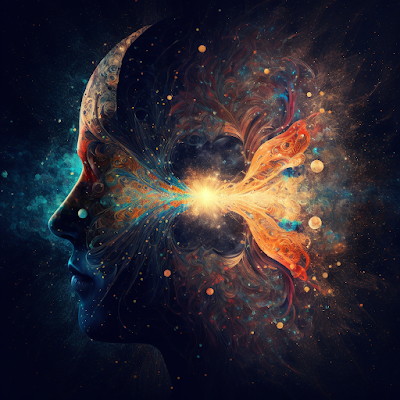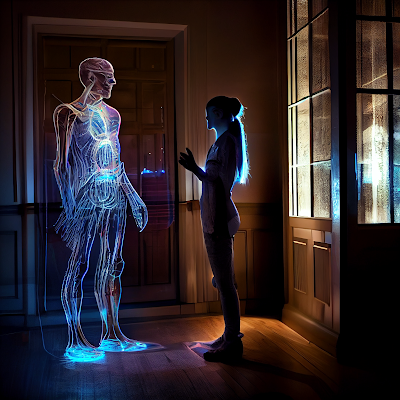The Universe's Composition: What is it Made Of?
Introduction
Have you
ever wondered what the universe is made of? While "normal" matter
like stars and planets may seem like the building blocks of the universe, they
actually make up a tiny fraction of it. In fact, the vast majority of the
universe is composed of dark matter and dark energy, which remain some of the
biggest mysteries of modern astrophysics. In this blog post, we will explore
the properties of dark matter and dark energy and their role in the universe.
What is Dark Matter?
Dark matter
is a type of matter that does not interact with light, making it invisible to
telescopes. Scientists have inferred its existence through its gravitational
effects on visible matter. According to current estimates, dark matter makes up
around 27% of the universe. Dark matter is believed to be made up of exotic
particles that have not yet been detected, which do not interact with light or
any other form of electromagnetic radiation.
What is Dark Energy?
Dark energy
is an even more mysterious substance, making up around 68% of the universe.
Scientists believe it may be a form of energy that permeates all of space,
exerting a negative pressure that drives the expansion of the universe. It is
not yet fully understood, but it is believed to be the force behind the
accelerating expansion of the universe.
What is "Normal" Matter?
"Normal"
matter is the matter that we can see and interact with, and it is made up of
atoms composed of protons, neutrons, and electrons. This matter is found in
stars, planets, galaxies, and other celestial bodies. However,
"normal" matter only makes up a small fraction of the universe -
around 5%.
Research on Dark Matter and Dark
Energy
One of the
main areas of research in cosmology is the study of dark matter and dark energy
and their role in the universe. Scientists are trying to understand the
properties of these mysterious substances and how they interact with normal
matter. They are also trying to determine their impact on the expansion and
fate of the universe.
In recent
years, several experiments and observations have provided new insights into the
nature of dark matter and dark energy. For example, the Planck satellite, which
mapped the cosmic microwave background radiation, provided new constraints on
the properties of dark matter and dark energy. The Large Hadron Collider (LHC)
at CERN is also searching for evidence of dark matter particles through
high-energy collisions.
Scientists
are also studying the distribution of galaxies and other large-scale structures
in the universe to better understand the effects of dark matter and dark energy
on the formation and evolution of these structures.
Conclusion
The universe
is made up of mostly dark matter and dark energy, with only a small fraction
being made up of normal matter. While much is still unknown about these
mysterious substances, ongoing research is providing new insights into their
properties and their impact on the universe. The study of dark matter and dark
energy remains one of the most exciting and active areas of research in modern
astrophysics, with the potential to fundamentally transform our understanding
of the universe.













Comments
Post a Comment